Once your flowering plants die back in autumn, you may find yourself missing working in your garden. To keep the gardening spirit alive during the winter months, there are lots of creative garden-related crafts to try. And one of the most classic plant-related crafts is flower pressing.
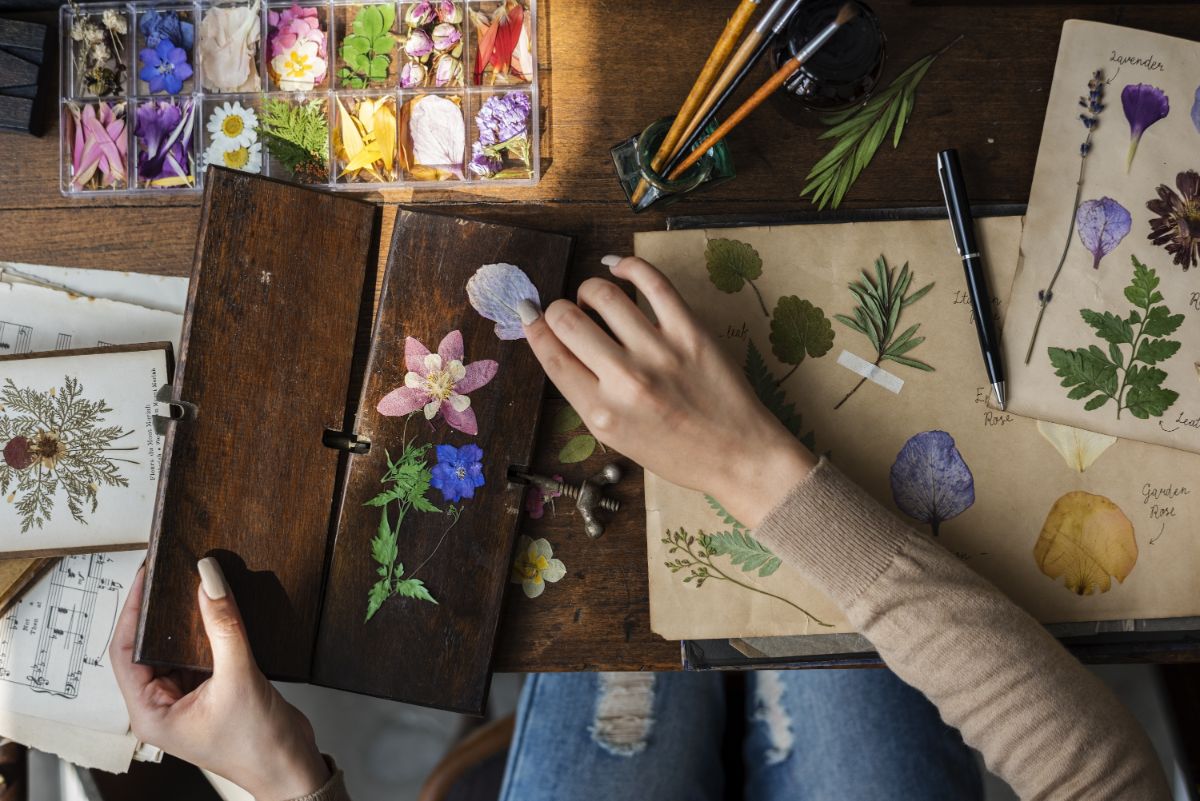
Using anything from a heavy textbook to a professional flower press, you can easily press and dry gorgeous flowers from your garden for countless crafting projects. From homemade bookmarks to framed flower art, there are so many ways to use pressed flowers for creative expression.
In this article, we’ll explore some of the best flowers for pressed arrangements and provide some growing tips too!
Jump to:
- 15 best flowers for pressing
- 1. Pansies and violas (Viola tricolor)
- 2. Borage (Borago officinalis)
- 3. Cosmos (Cosmos bipinnatus)
- 4. Zinnias (Zinnia elegans)
- 5. Queen Anne’s lace (Daucus carota)
- 6. Lavender (Lavandula spp.)
- 7. Coreopsis (Coreopsis spp.)
- 8. Calendula (Calendula officinalis)
- 9. Baby’s breath (Gypsophila spp.)
- 10. Sweet peas (Lathyrus odoratus)
- 11. Anemones (Anemone spp.)
- 12. California poppies (Eschscholzia californica)
- 13. Rose of Sharon (Hibiscus syriacus)
- 14. Delphiniums (Delphinium elatum)
- 15. Ferns
- Flower pressing supplies
- Tips for creating the best-pressed flowers
- Frequently asked questions
- Summary
15 best flowers for pressing
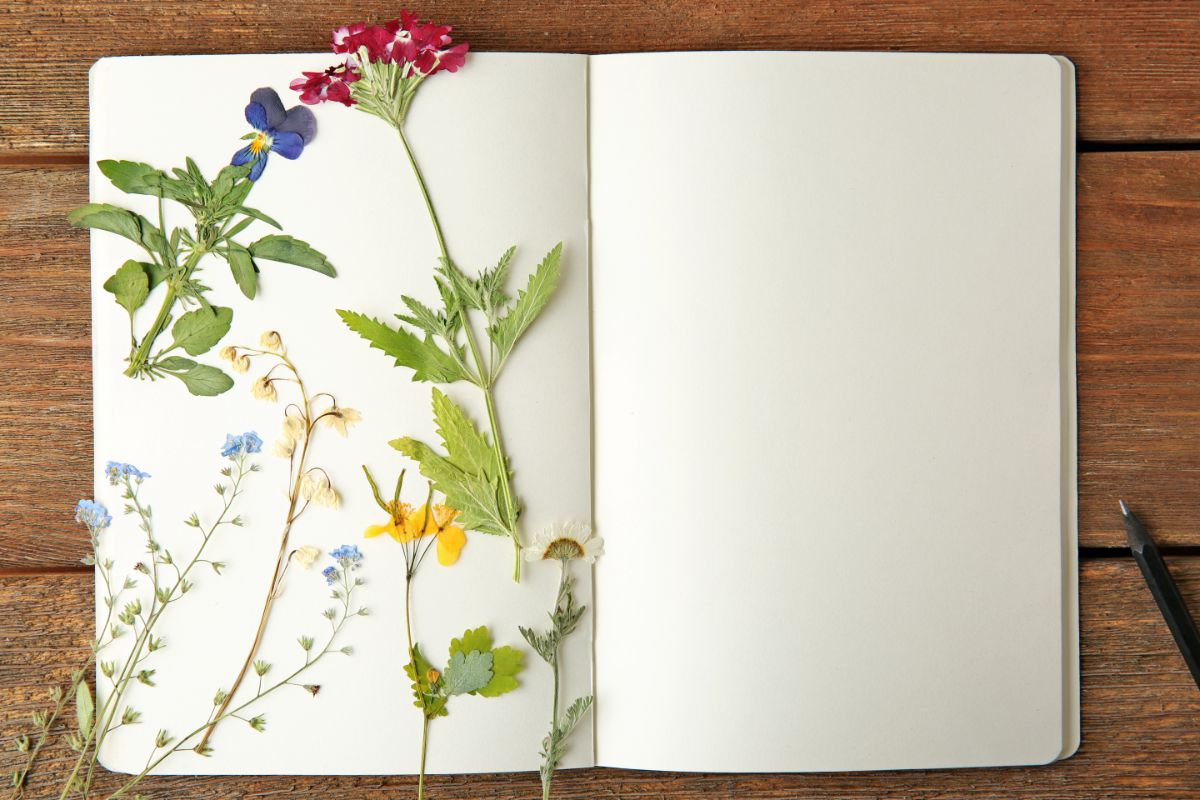
While you can try to press just about any flower, some flowers are just better suited for the task than others. Due to their size, moisture content, and color retention, the following flowers are some of our top picks for pressing.
1. Pansies and violas (Viola tricolor)
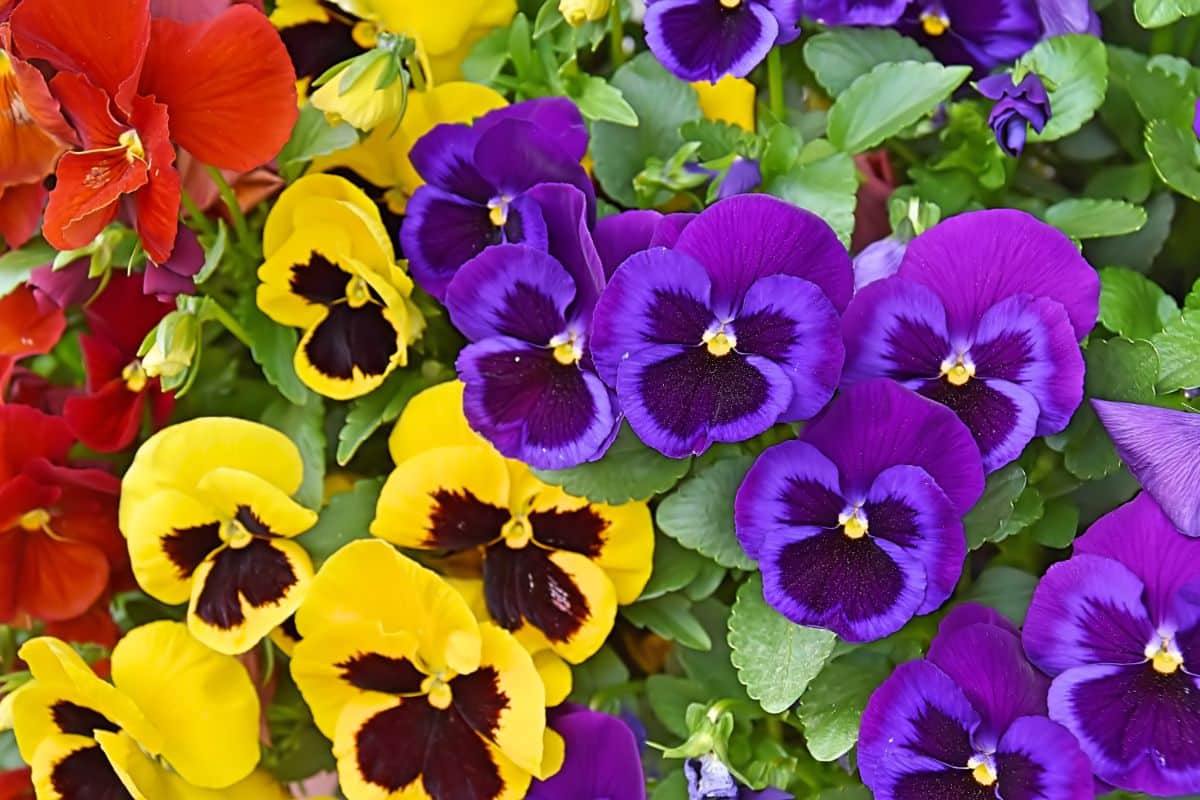
| Plant name: | Pansies and violas |
| Growing zone: | Pansies are hardy from zones 7 to 10 and are grown as annuals in cooler regions. Violas are hardy from zones 3 to 8. |
| Lighting requirements: | Full to part sun |
| Watering requirements: | Moderate |
| Bloom time: | Spring to fall |
Cheery pansies and violas come in lots of pretty colors; however, purple, yellow, white, and multi-colored blooms are the most common. Flowers are quite flat, and petals are thin, so they press well and dry rapidly too. Even better, these plants are very cold hardy, so you can grow them from spring until fall for year-round pressed flower projects.
Even if you’re only working with a small gardening space, you can still grow pansies and violas. They are compact plants and do well in hanging baskets and container gardens. And don’t forget, you can start them from seeds too, so they are budget-friendly!
2. Borage (Borago officinalis)
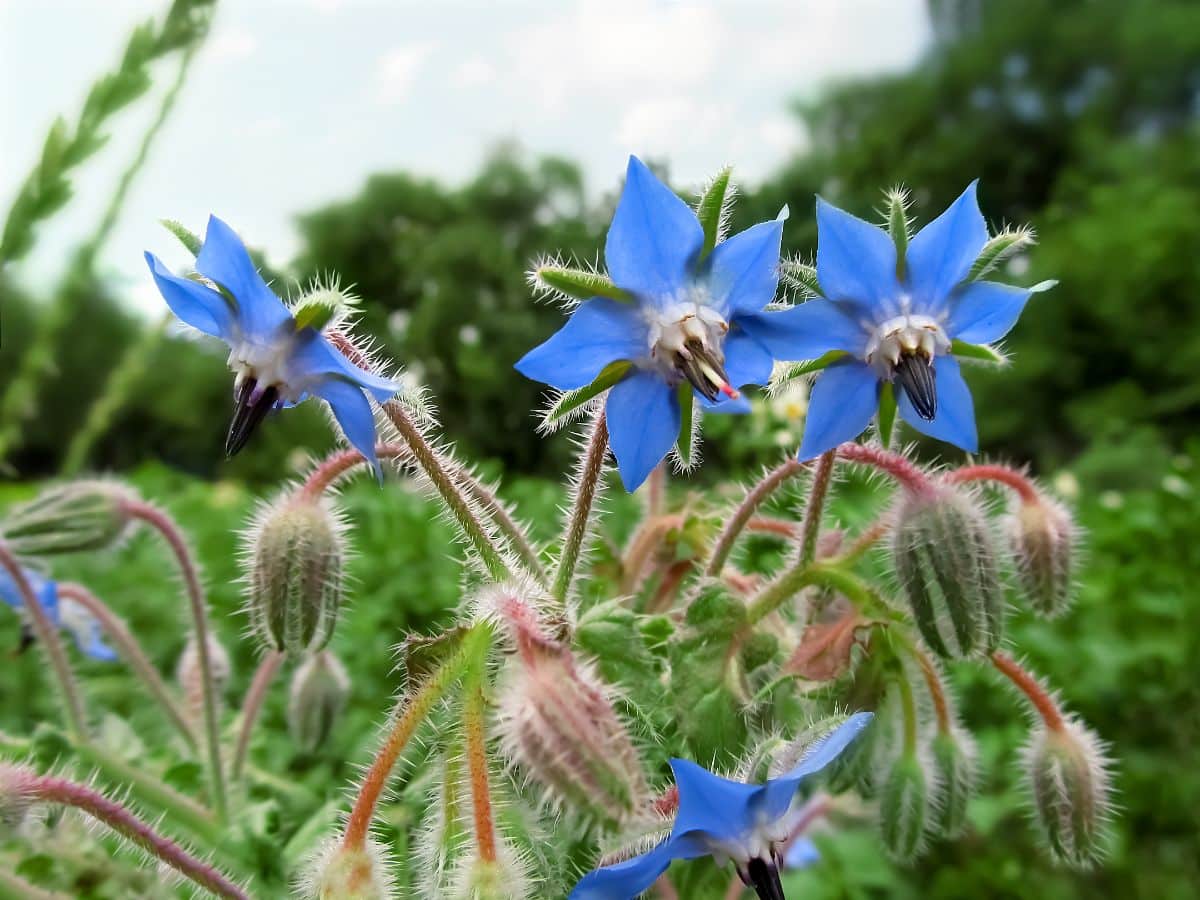
| Plant name: | Borage |
| Growing zone: | Zones 3 to 10 |
| Lighting requirements: | Full sun to part shade |
| Watering requirements: | Moderate |
| Bloom time: | Late spring to fall |
Borage is an interesting plant that doesn’t get enough credit. The flower is a gorgeous, periwinkle blue tone and has a star-like form. While many gardeners love to use borage blooms as edible salad toppers, they also look oh-so-pretty in pressed flower arrangements.
Once used as a medicinal plant, you can also eat borage leaves in salads or as a garnish. The fleshy leaves have a cucumber-like flavor that is very refreshing. A versatile plant all around, try keeping borage in your vegetable garden, where it will help to repel tomato hornworms and other garden pests.
3. Cosmos (Cosmos bipinnatus)
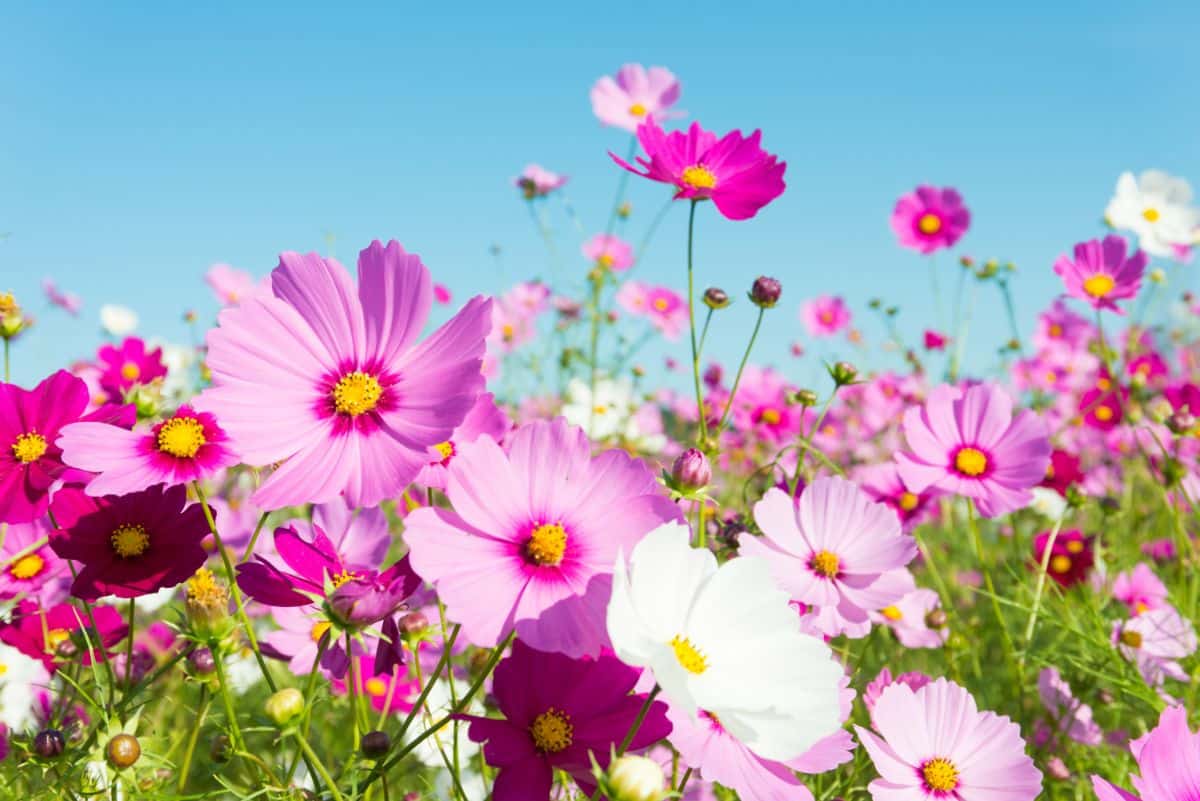
| Plant name: | Cosmos |
| Growing zone: | Zones 2 to 11 |
| Lighting requirements: | Full sun |
| Watering requirements: | Moderate to low |
| Bloom time: | Early summer to fall |
Cosmos are known for their vibrant and feminine flowers that come in pink and white. Perfect for cut flower arrangements, these delicate blooms dry well, too, and the petals are very flat for easy pressing. For more creative crafting, cosmos’ feathery foliage can be dried as well to create floral border designs and more.
Cosmos have a long bloom time and start producing flowers in early summer. Plants will continue flowering well until the frost of fall. To encourage your plant to bloom more, remember to deadhead spent flowers regularly.
4. Zinnias (Zinnia elegans)
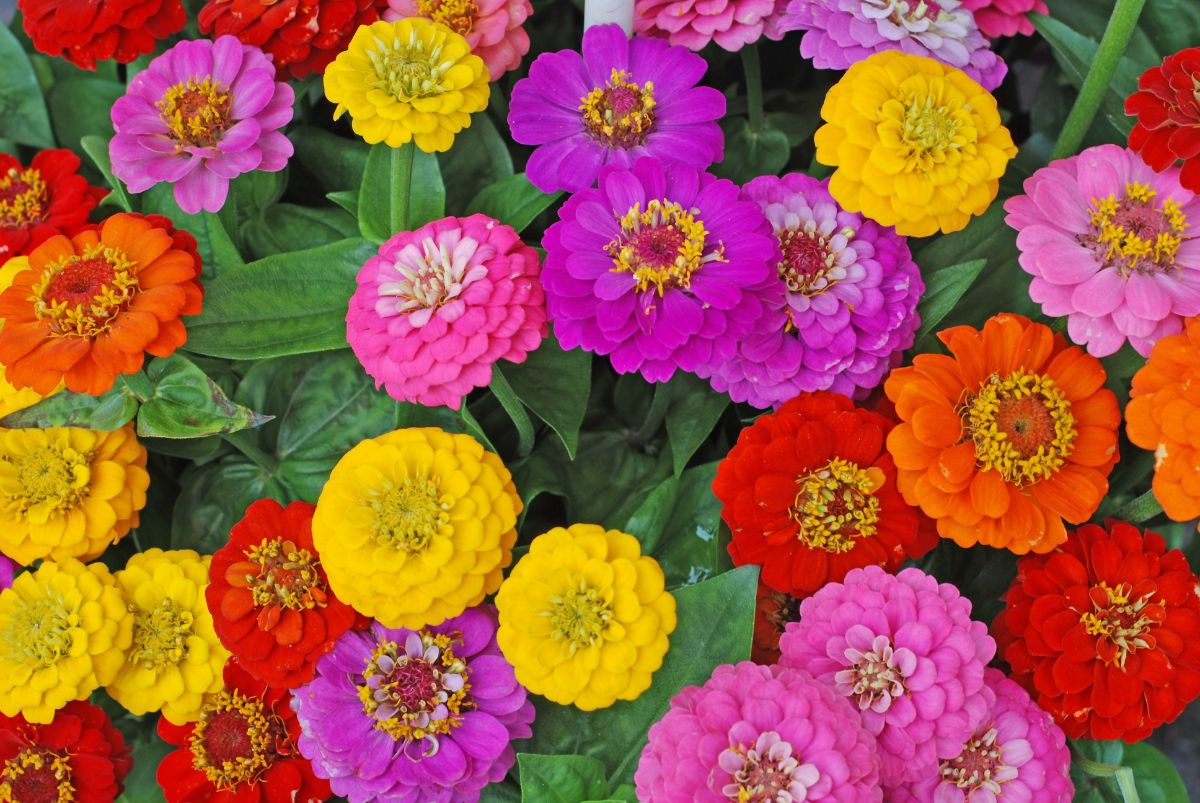
| Plant name: | Zinnias |
| Growing zone: | Zones 3 to 10 |
| Lighting requirements: | Full sun |
| Watering requirements: | High to moderate |
| Bloom time: | Spring to fall |
Zinnias come in both dwarf and tall sizes, so you can pick the cultivars that will work best for your gardening space. These globe-shaped flowers are available in lots of different colors, including pink, orange, yellow and white, so you’ll have tons of options for crafting. And zinnias are also top pollinator plants, which means they may increase your harvest yield when planted in your vegetable garden.
Because zinnia flowers are a bit larger than some of the other plants on this list, you may need to handle them a bit differently when pressing. Before drying, try removing the center of your zinnia flowers and separating out the central petals. Dry the petals separately and then glue the flower back together without the center once it’s dry.*
*This trick works for dahlias and other wide flowers too!
5. Queen Anne’s lace (Daucus carota)
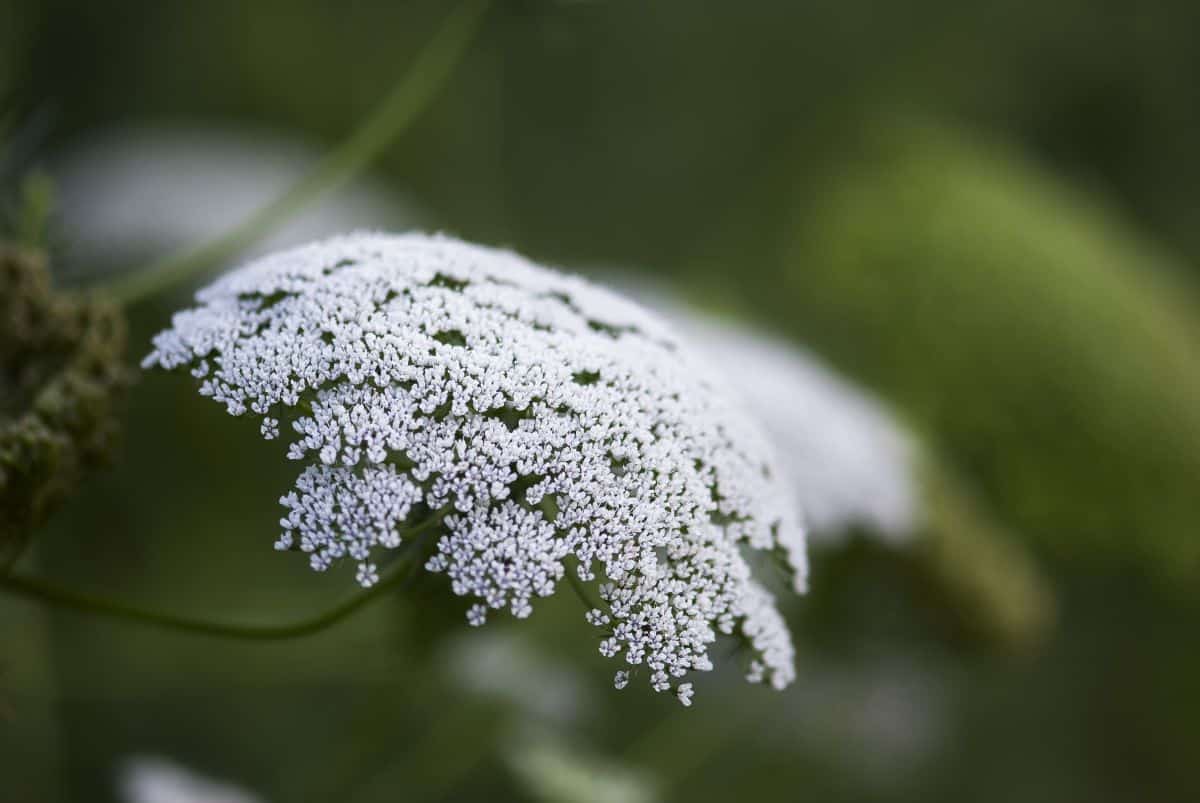
| Plant name: | Queen Anne’s lace |
| Growing zone: | Zones 3 to 9 |
| Lighting requirements: | Full sun to part shade |
| Watering requirements: | Low |
| Bloom time: | Summer |
A member of the Umbellifer family, like carrots and parsley, Queen Anne’s lace is a biennial plant that’s native to Europe and southwest Asia; however, it has spread further afield over the years. Today, Queen Anne’s lace is a common wildflower in many different growing regions and is easily recognized by its white and foamy flowers. Flowers usually have a small, dark spot at the center, which helps distinguish them from lookalikes.
As a pressed flower, Queen Anne’s lace is ideal. The delicate bloom presses easily and dries quickly, and the feathery foliage sprays dry well too. This plant usually grows abundantly, so you can get plenty of crafting material for free from a single foraging session!
6. Lavender (Lavandula spp.)
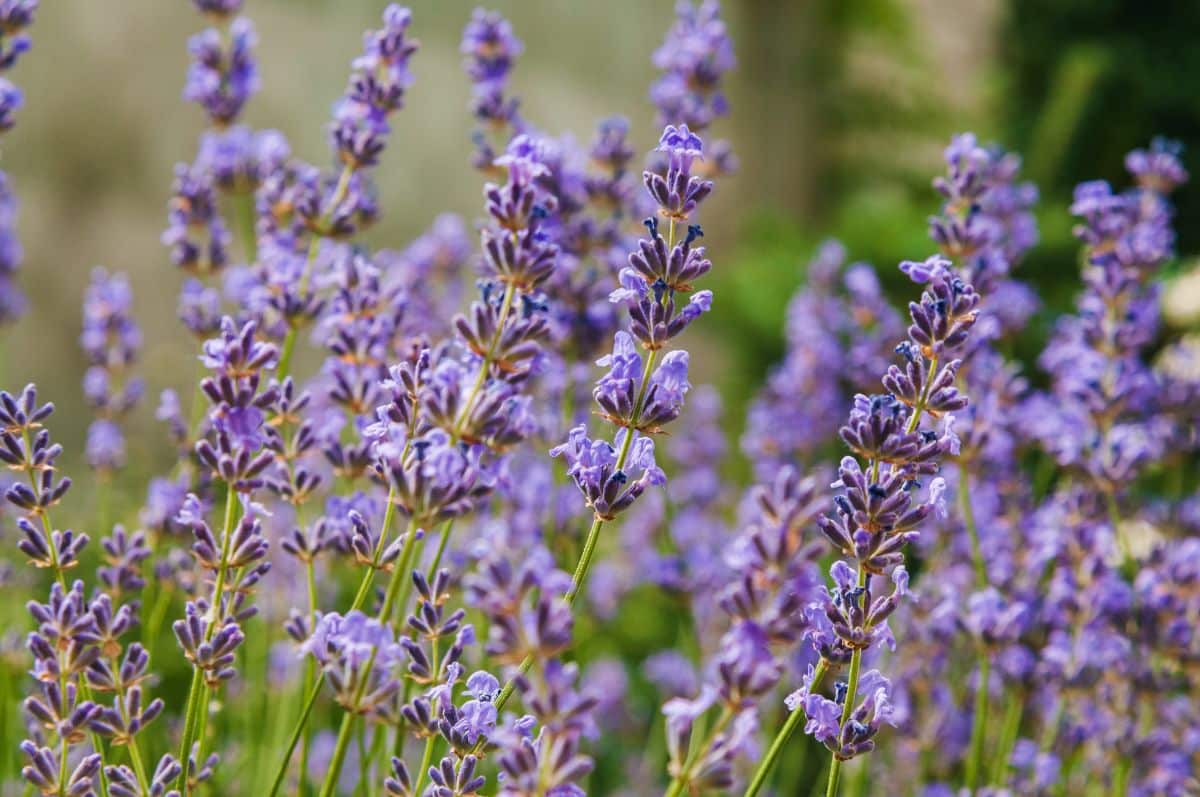
| Plant name: | Lavender |
| Growing zone: | Zones 5 to 9 |
| Lighting requirements: | Full sun |
| Watering requirements: | Low |
| Bloom time: | Summer |
Lavender is often grown as an edible plant for flavoring desserts and teas or as a fragrance plant for creating lavender sachets and eye pillows. But lavender has many other uses, too, and it is perfect for drying, pressing, and crafting.
Because lavender thrives in dry soil, the plant’s leaves and flowers don’t retain a lot of moisture. That means lavender will press quite easily and will dry quickly too. For greater variety in your projects, try out some of the more unusual lavender types, like Egyptian lavender (Lavandula multifida).
7. Coreopsis (Coreopsis spp.)
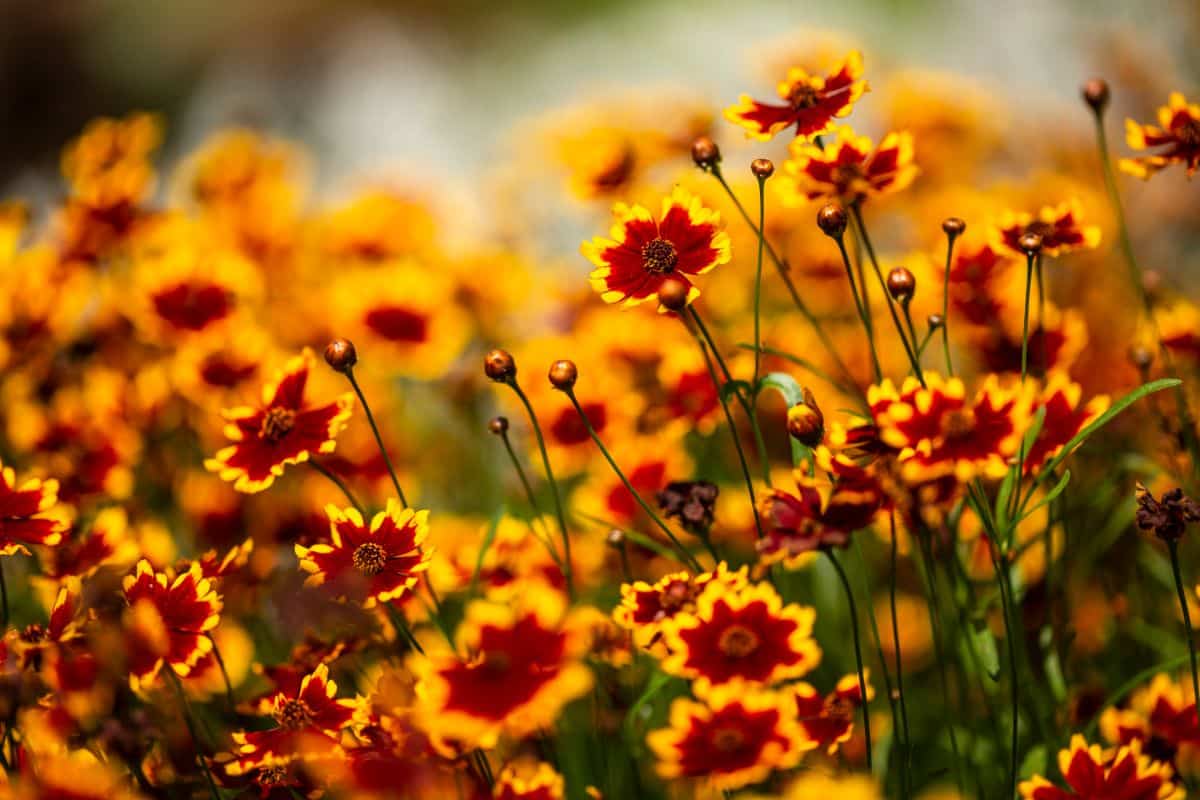
| Plant name: | Coreopsis |
| Growing zone: | Zones 4 to 9 |
| Lighting requirements: | Full sun |
| Watering requirements: | Moderate to low |
| Bloom time: | Moderate to low |
Also known as tickseed, coreopsis is sometimes used as a dye plant to create natural dyes, but it works well for pressing too. Flowers come in many different colors, including pink, yellow and red, and retain their color nicely even when dried. Coreopsis leaves are airy and light, too, making them well-suited for drying.
Coreopsis begins flowering in early summer and will continue blooming on and off until the frosts of fall. You can encourage more productive plants by deadheading spent blooms regularly. An easy plant to grow, coreopsis can be directly sown from seeds outdoors once the danger of frost has passed.
8. Calendula (Calendula officinalis)
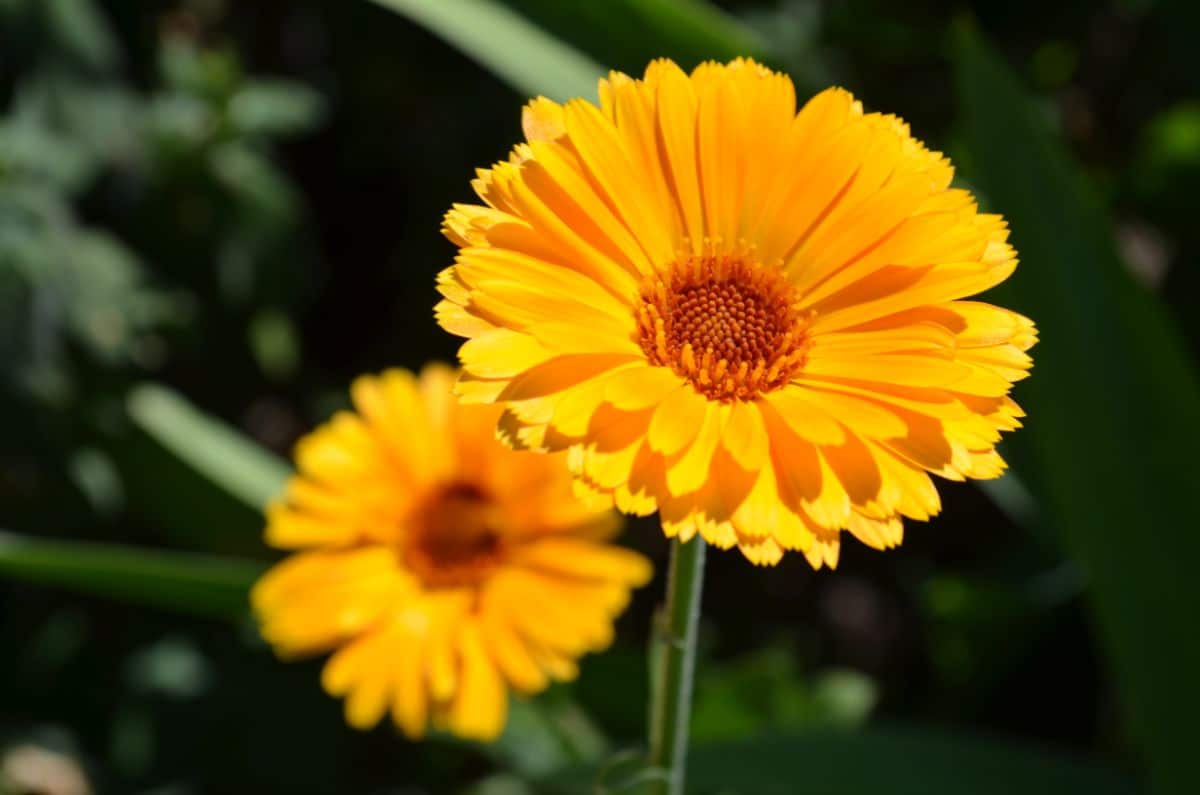
| Plant name: | Calendula |
| Growing zone: | Zones 3 to 10 |
| Lighting requirements: | Full sun to part shade |
| Watering requirements: | Moderate to low |
| Bloom time: | Summer to fall |
Calendula is a happy-looking plant with golden-orange daisy-like flowers that appear in profusion throughout summer and into fall. Sometimes used as a natural dye plant, calendula is frequently mixed into homemade skincare products too. And, of course, its colorfast petals and lightweight blooms dry well for pressing.
Calendula can be grown from seed directly in your garden. Simply sow your calendula seeds outdoors after all danger of frost has passed, and your plants should begin flowering in about 45 to 60 days. Routine deadheading will encourage more frequent blooms as well.
9. Baby’s breath (Gypsophila spp.)
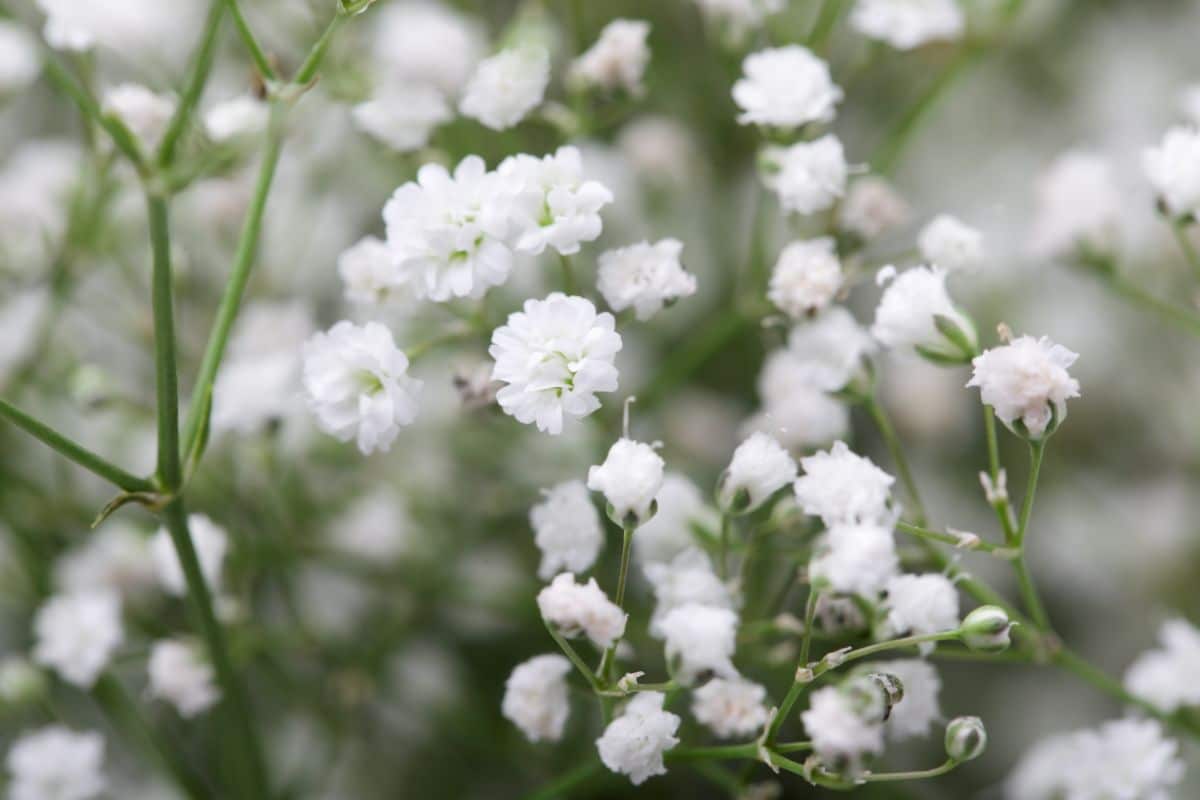
| Plant name: | Baby’s breath |
| Growing zone: | Zones 4 to 9 |
| Lighting requirements: | Full sun |
| Watering requirements: | Low |
| Bloom time: | Summer to fall |
A staple in cut flower gardens and homemade bouquets, baby’s breath is perfect for pressing thanks to its small and airy blooms. More of an accent plant than the star of the show, try pairing baby’s breath with lightweight ferns and sweet peas for a delicate look. Or make a bolder display by contrasting the baby’s breath’s white flowers with colorful zinnias and calendula.
An easy-to-grow plant, baby’s breath can be directly sown in your garden after your last frost date. Choose a location that receives plenty of sun (at least 6 hours) and has well-draining soil. Then just sprinkle your seeds, and your plants should begin to flower within 8 weeks.
10. Sweet peas (Lathyrus odoratus)
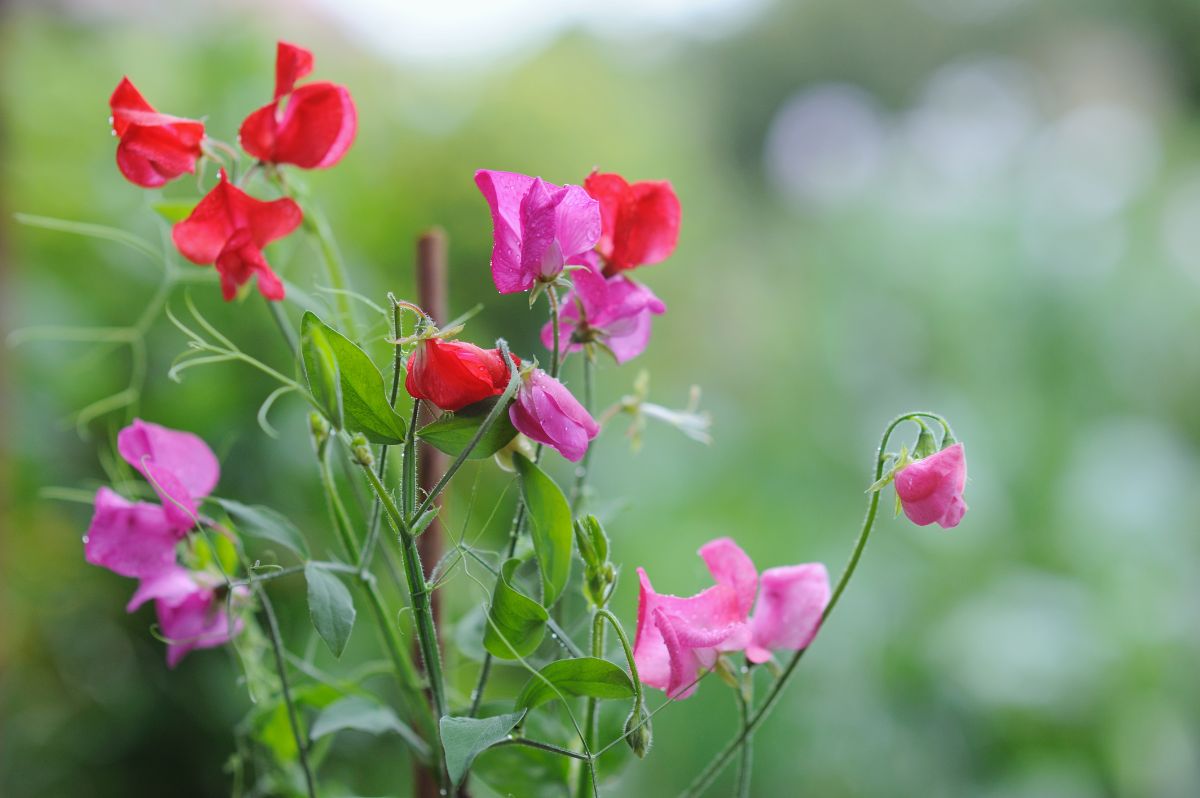
| Plant name: | Sweet peas |
| Growing zone: | Zones 3 to 8 |
| Lighting requirements: | Full sun |
| Watering requirements: | Moderate |
| Bloom time: | Spring; can be sown again in fall in temperate climates |
Sweet peas are classic springtime bloomers with flowers that come in a range of hues, including blues, pinks, purples, and white. Petals are very lightweight and dry well, creating interesting, rounded shapes once pressed. While you can press just the flowers, you can also press the stems and vining tendrils too for an even more impressive look.
Like other peas, sweet peas don’t like a lot of heat, so sowing them early in the spring is key to growing them successfully. Plants should be sown as soon as the grown is workable, and it can help to add trellising or a bamboo stake nearby to give your peas something to climb. In milder climates, you can also sow a second batch of sweet peas in autumn for an additional harvest.
11. Anemones (Anemone spp.)

| Plant name: | Anemones |
| Growing zone: | Zones 3 to 8, depending on the variety |
| Lighting requirements: | Full sun to part shade |
| Watering requirements: | High to moderate |
| Bloom time: | Spring to fall |
Anemones are some of the most productive bloomers around, with flowers that come in pink, purple, red, white, and yellow. Somewhat similar in appearance to poppies, anemones have a highly contrasting dark center and lacy leaves for lots of texture and interest. Flowers can be pressed on their stems or by themselves, depending on your taste.
Anemone plants are grown from bulbs that should be planted in autumn. As perennial plants, anemones will spread over time and produce new plants. They also naturalize easily, so once you’ve planted a few, expect your anemone patch to spread!
12. California poppies (Eschscholzia californica)
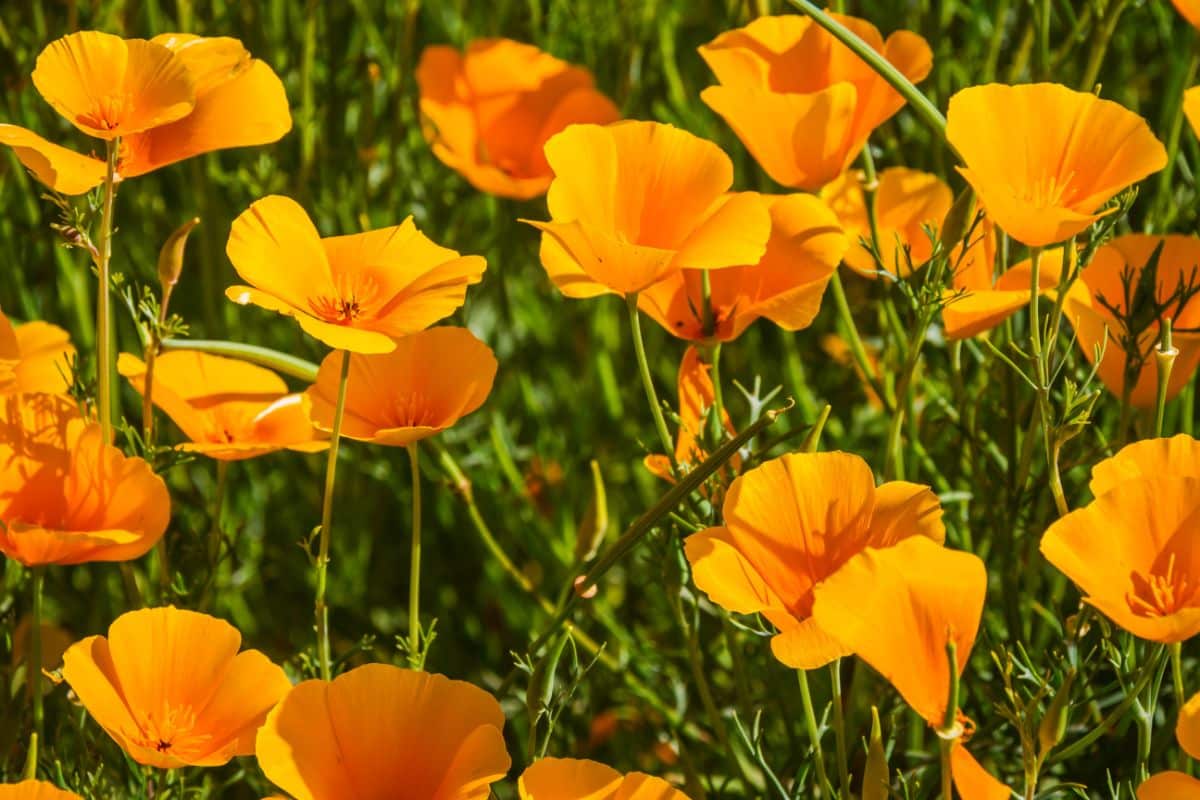
| Plant name: | California poppies |
| Growing zone: | Zones 8 to 10, kept as annuals in cooler spots |
| Lighting requirements: | Full sun |
| Watering requirements: | Low |
| Bloom time: | Spring |
Light and airy California poppies are more delicate than some other poppy varieties, which makes them the perfect pick for flower pressing. Petals come in oranges, yellows, white, and occasionally pink, and the feathery foliage is quite pretty too. Petals dry quickly when pressed and retain their color beautifully.
Usually grown as an annual, California poppies can grow as perennials in more temperate climates. But, if you live in a cooler region, plan on direct sowing your poppy seeds outdoors after the danger of frost has passed. Poppies can also be started indoors from seed; however, they often don’t transplant well, so you may want to plant a few more plants than you think you’ll need for crafting.
13. Rose of Sharon (Hibiscus syriacus)
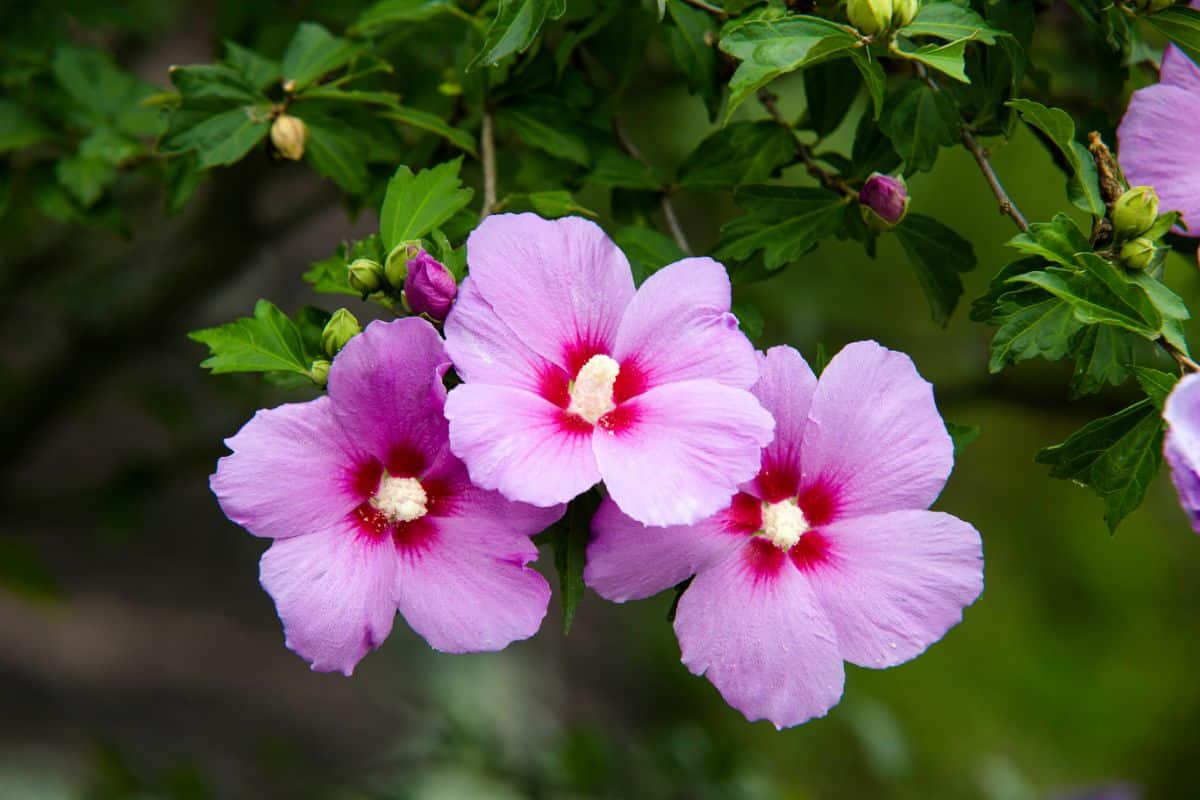
| Plant name: | Rose of Sharon |
| Growing zone: | Zones 5 to 9 |
| Lighting requirements: | Full sun to part shade |
| Watering requirements: | Moderate |
| Bloom time: | Late spring to fall |
A variety of hibiscus rose of Sharon is known for its feminine and colorful flowers that often have highly contrasting centers. From the flower’s center, a white stamen protrudes, which gives these plants a uniquely tropical look. They also dry beautifully and are a great choice if you’re looking for a flower that will lend a different feel to your pressed flower art.
Unlike the other plants on this list, the rose of Sharon is a shrub rather than a smaller flowering plant. Because this plant grows up to 12’ high, it is not suitable for very small outdoor spaces, although dwarf cultivars are available that are better suited for container gardens. Like delphiniums, the rose of Sharon produces nectar and pollen that foraging pollinators can’t resist!
14. Delphiniums (Delphinium elatum)
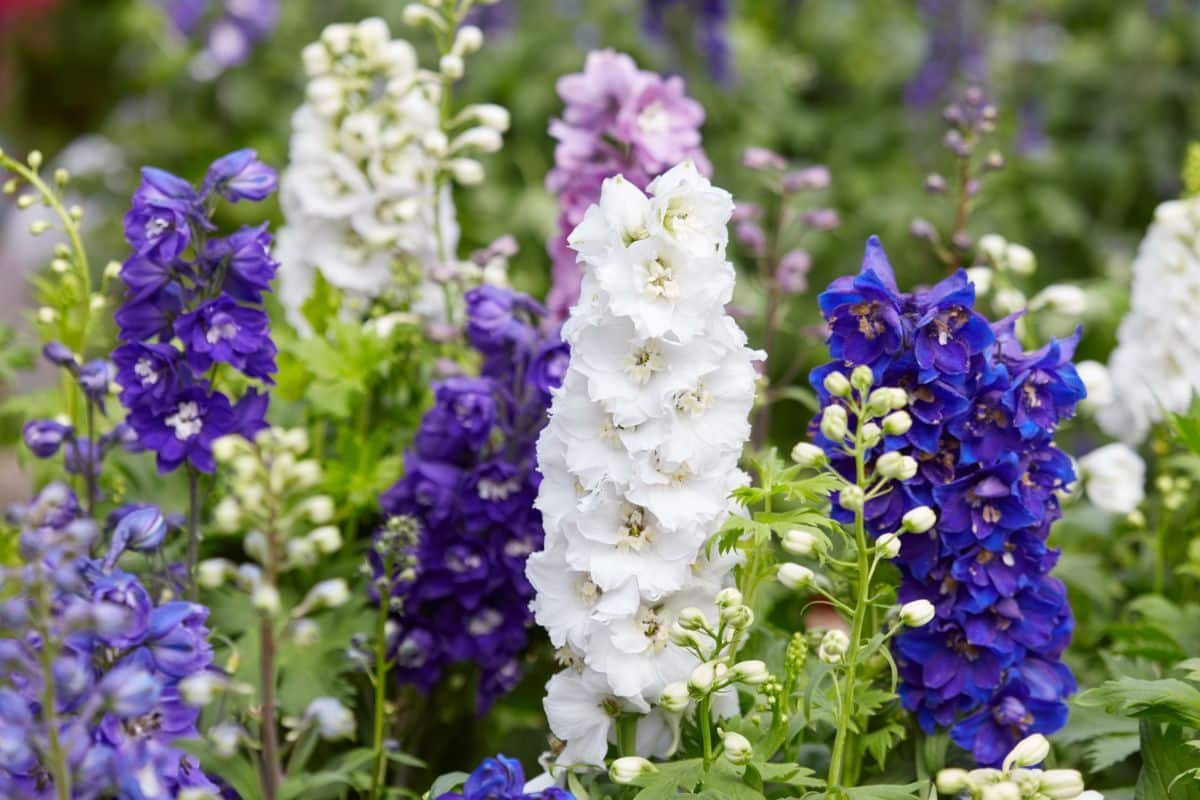
| Plant name: | Delphiniums |
| Growing zone: | Zones 3 to 7 |
| Lighting requirements: | Full sun |
| Watering requirements: | Moderate |
| Bloom time: | Early summer to fall |
Also known as larkspurs, delphiniums are known for their vibrant blue, indigo, purple and white flowers. Flowers are quite uniquely shaped with fine spikes that add something different to pressed displays, and they retain their color well even after drying. However, for best results, try snipping off individual flowers from the plant’s larger spike and drying them separately.
Delphiniums are sometimes considered to be difficult to grow, so gardeners often choose to purchase them as the plant starts from nurseries rather than starting them from seed. Be sure your plants receive plenty of bright sun and deadhead old flower spikes to encourage your plants to produce side shoots. Once established in your garden, delphiniums often attract hummingbirds and other colorful pollinators.
15. Ferns
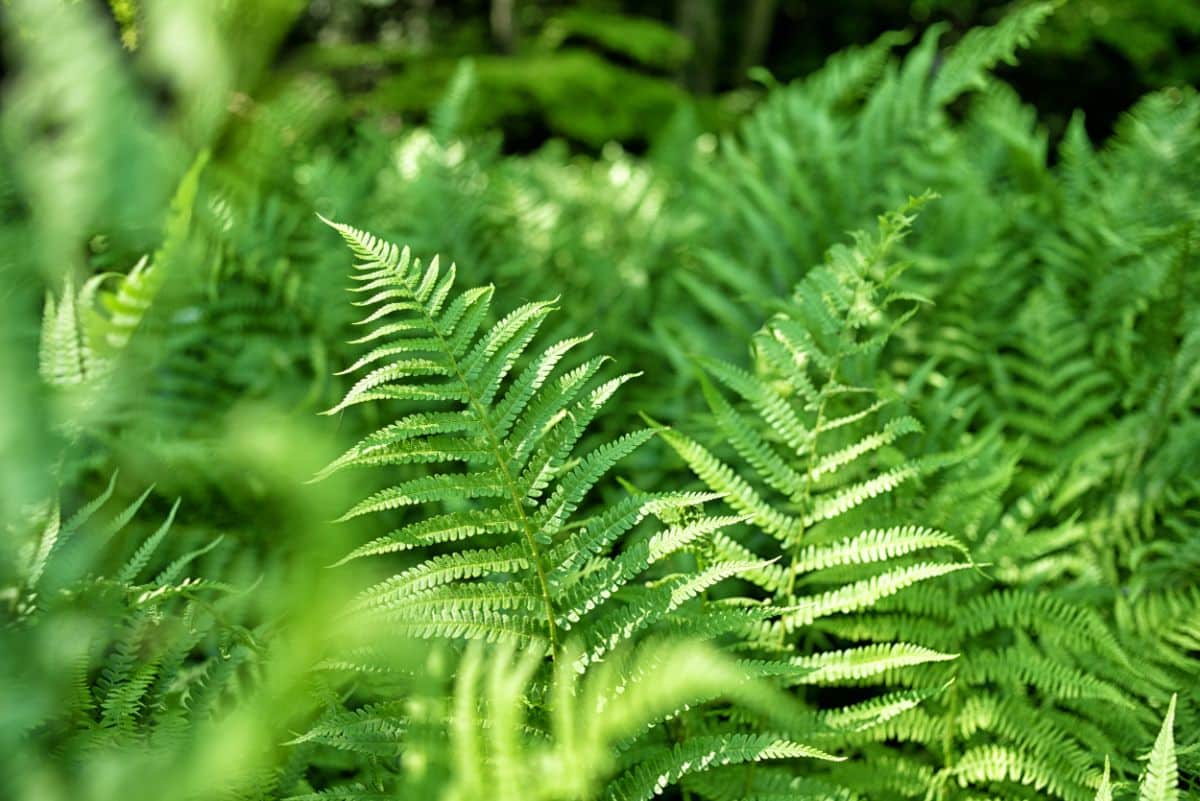
| Plant name: | Ferns |
| Growing zone: | Many fern varieties grow happily from zones 4 to 10 |
| Lighting requirements: | Part sun to full shade, depending on the variety |
| Watering requirements: | High to moderate |
| Bloom time: | N/A |
While ferns aren’t technically flowers, their feathery appearance looks particularly appealing when pressed. Combined with various colorful blooms, you can make a gorgeous, pressed display using ferns as accents or can arrange your pressed ferns to create a natural “frame” for your artwork. And, if you use some pressed ferns in your homemade greeting cards, your friends will certainly be wowed.
Different wild ferns can be harvested for pressing, or you can sow some classic fern types in your garden and just pluck a few leaves as needed for your projects. If you favor houseplants over outdoor gardening, you can also press the leaves of popular indoor ferns, like Boston ferns, lemon button ferns, and maidenhair ferns.
Flower pressing supplies
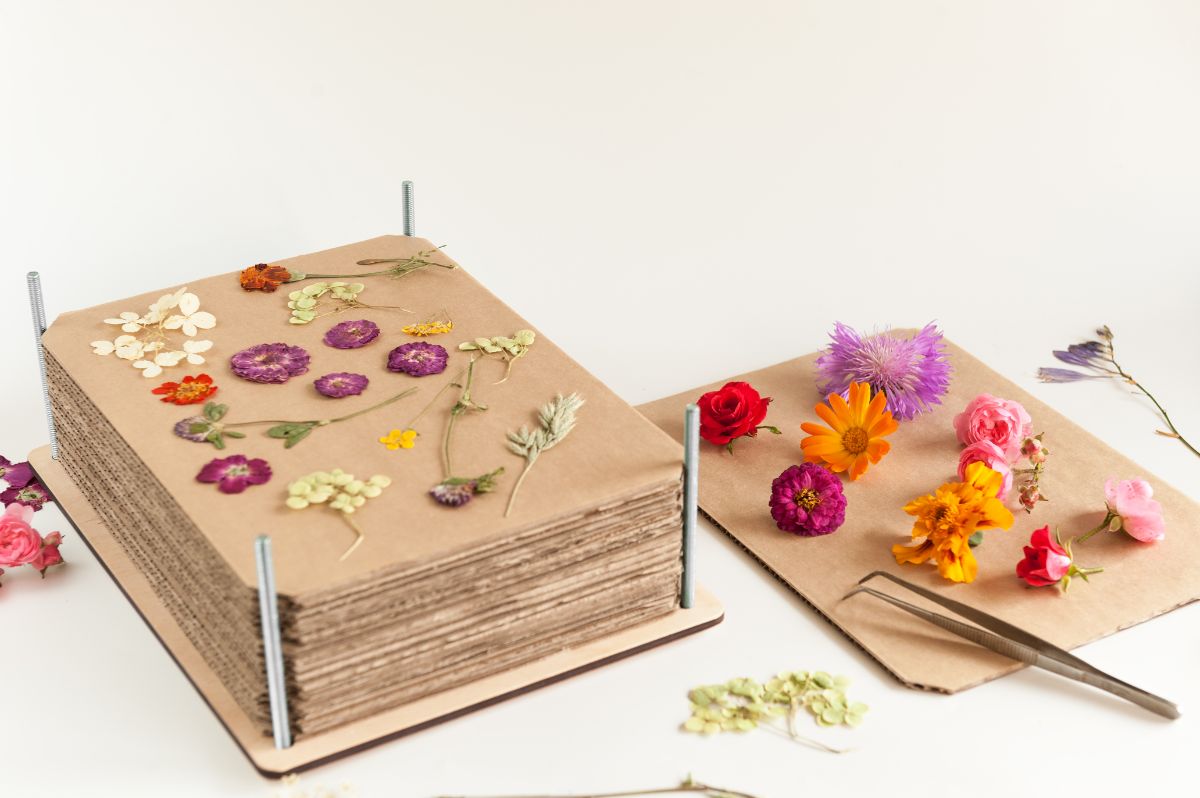
For a truly simple solution, you can simply press flowers in a heavy book or textbook. Just lay a few sheets of plain white, smooth typing paper between your book’s pages and then position your flowers. But if you’re on the hunt for a true flower press, here are some of our top choices:
This traditional flower press fits larger flowers than most other kits. It also has a sturdy design with basswood plates and handy bolts and wing nuts to adjust the pressure on your flowers while they’re drying. Easy to assemble, this kit is pretty to look at and would make a terrific gift for the gardener in your life.
This flower press includes the press, as well as everything else you need to start crafting. With lining paper, tweezers, and other tools included, all you need to add is your freshly picked flowers!
For a quality flower press that you can just slip into your bag for foraging trips and other excursions, look no further than this mini press. Just the right size for traveling, this cute press includes adjustable straps to keep your flowers secure while they’re drying.
Flower pressing is often a popular craft for children, but larger presses can be difficult for little hands to manage. This sturdy press is just the right size for young crafters, and it’s easy to operate too!
Microwaving your flowers in this unique press will speed up drying times significantly and improve color retention in your dried blooms. This kit is a perfect size for traveling, too, so you won’t need to manage a bulky press on the go.
Tips for creating the best-pressed flowers
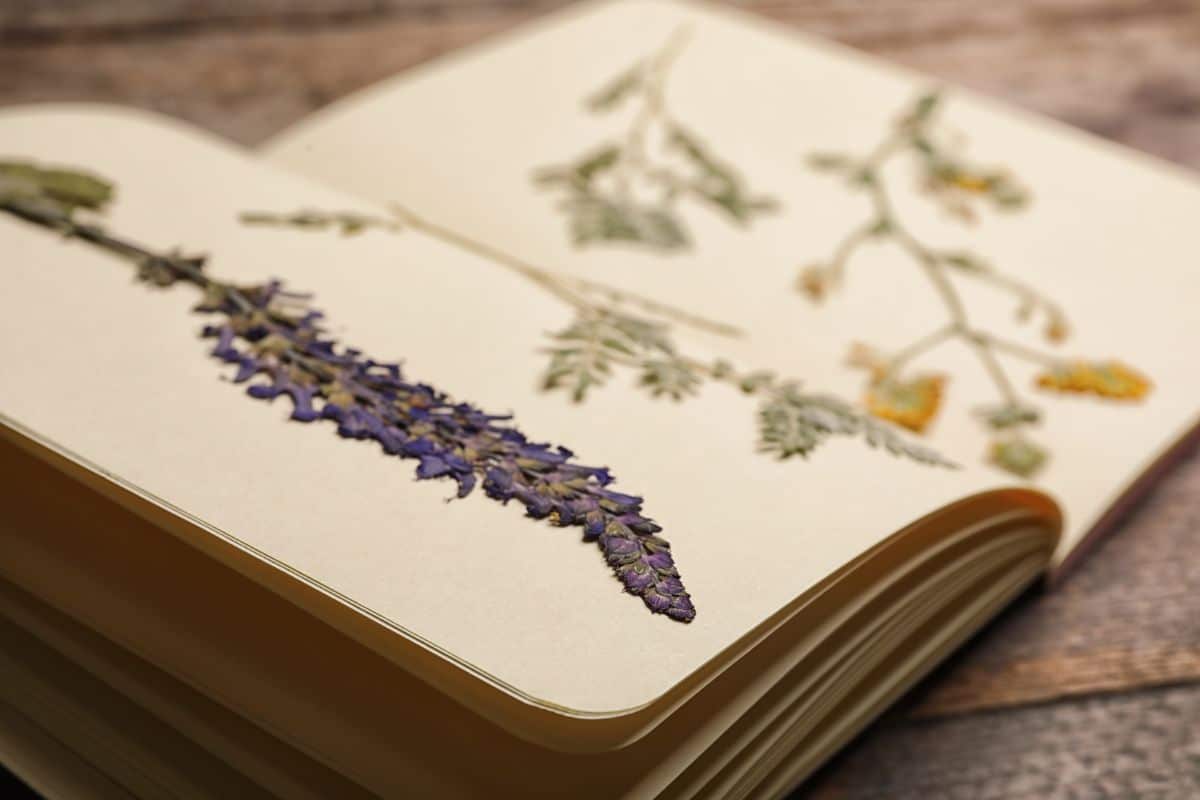
Like any other art form, learning how to press flowers takes a bit of time and experimentation. But if you’re new to flower pressing, following the easy tips below can help ensure that your flowers dry properly and look their best once preserved.
- Select the right flowers. Due to their size, shape, and moisture content, some flowers simply press better than others. For easier pressing, choose smaller, flatter flowers with more delicate blooms and steer clear of very moist flowers (like begonias and impatiens), which are more likely to mold in a flower press.
- Pick fresh blooms. This one may seem obvious, but the condition the flower is in when it’s picked will determine how good the finished product looks when dried. For this reason, try to choose only the newest and freshest blooms in your garden and opt for flowers with minimal damage.
- Harvest often. Picking flowers or deadheading spent blooms will encourage your plants to flower more. If you want lots of flowers for pressing, make sure you pick your flowers on a regular basis.
- Pick dry flowers. Too much moisture can cause your flowers to mold while they’re drying. So, for best results, harvest blooms in the early morning after the dew has dried or in the evening before the dew starts to develop.
- Watch the weather. Dew can cause your pressed flowers to mold, but so can rain. That means only harvest flowers on dry days!
- Press ASAP! If you want your pressed flowers to look their best, get them in the press as soon as possible after you’ve picked your blooms. Waiting to press your flowers can impact color or cause your flowers to look wilted.
- Arrange them like flowers together. Flowers of the same species will dry at the same rate. Use this to your advantage by placing similar flowers together in your flower press on a single page.
- Orient your flowers correctly. Most flowers will dry best when placed face down in your press. You’ll also want to make sure your flowers aren’t touching because they may stick together once dry.
- Choose smooth surfaces. Whether you’re working with a professional flower press or just sandwiching flowers in between textbook pages, make sure that you press your flowers on a smooth surface. Pressing your flowers against textured paper will result in dried flowers with bumpy textures.
- Remove stamens if needed. If you’re working with larger flowers, you may want to snip off their pollen-drenched stamens before you start. This will keep the pollen from staining your finished projects.
- Try dividing larger flowers. Big blooms, like zinnias and dahlias, sometimes press better when snipped into sections. Once they’re dry, just reassemble the flowers with a bit of glue.
- Protect your projects. The colors of your pressed flowers will inevitably fade over time, but you can keep them looking better for longer by storing your pressed flowers out of the direct sun. You can also spray your finished projects with UV-protectant sealing spray.
Frequently asked questions
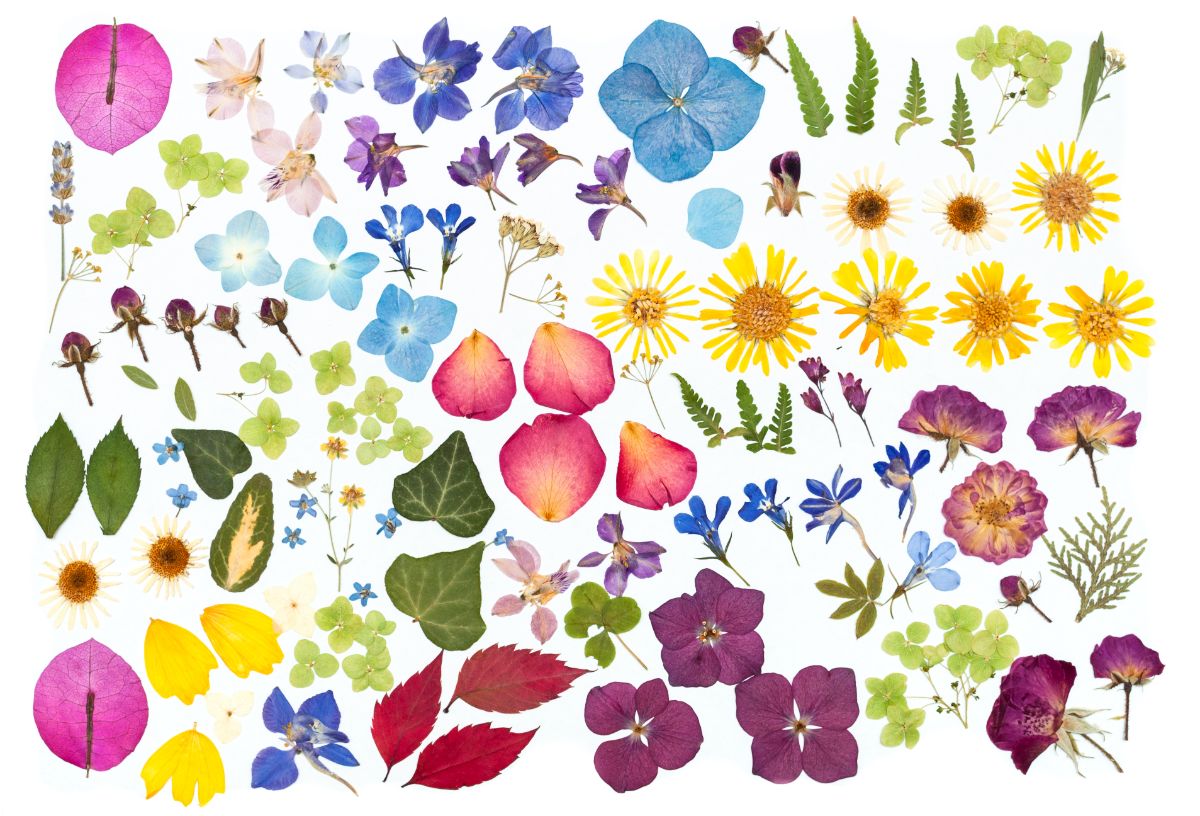
With proper care and storage, pressed flowers can last hundreds of years. Their color may fade some over time, but they still can look quite pretty!
Proper storage is key to keeping your pressed flowers looking their best. Always store your pressed flowers out of the direct sun and place them in an area with low moisture and humidity to prevent molding and mildew.
You don’t need to spray anything on your pressed flowers; however, some crafters choose to coat their flowers in hairspray to keep them from falling apart as easily when moved about. You can also coat your projects in a UV-protectant spray to help shield your flowers from the damaging effects of the sun.
Once dried, pressed flowers can be used for lots of creative projects, such as homemade greeting cards, framed artwork, DIY bookmarks, gift tags, and so much more!
Summary
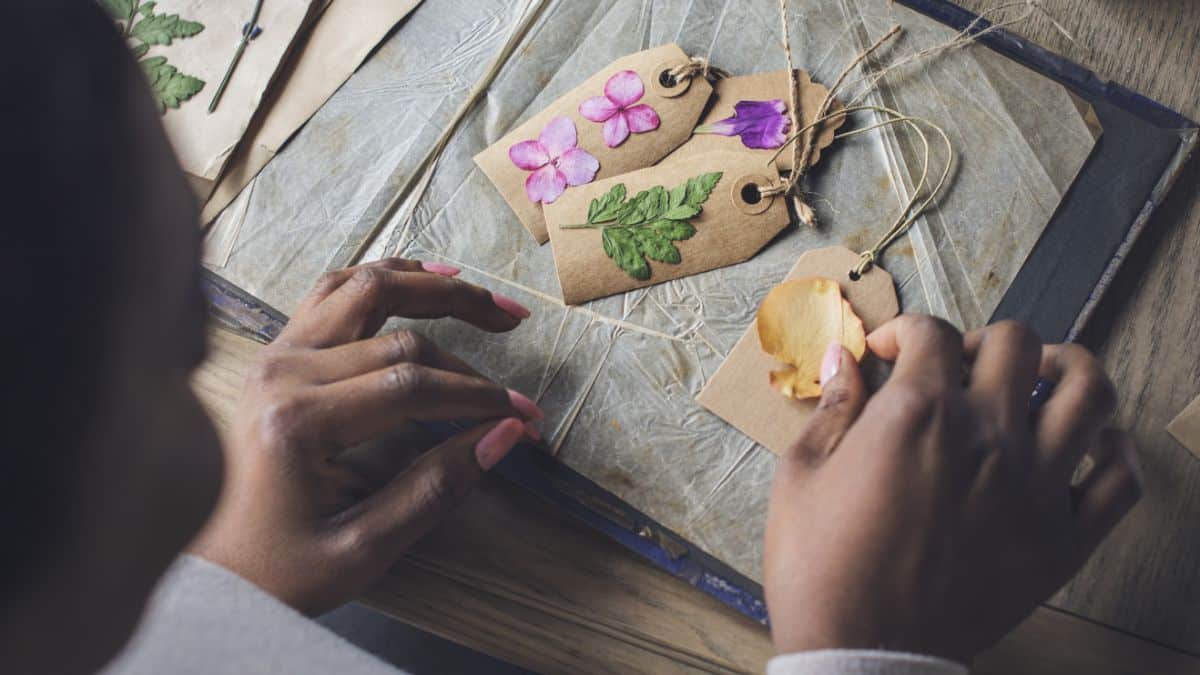
If you’re looking for a fun craft to try this winter, flower pressing may be just the ticket. It’s a simple craft, well-suited for adults and children alike, and the products you can create are a wonderful way to express your creativity. Even better, by preserving your homegrown flowers in this manner, you can design a unique project to memorialize your backyard garden.
We hope this article has inspired you to try out flower pressing this year! For more garden-related crafting content, check out our article on how to create an indoor fairy garden here.

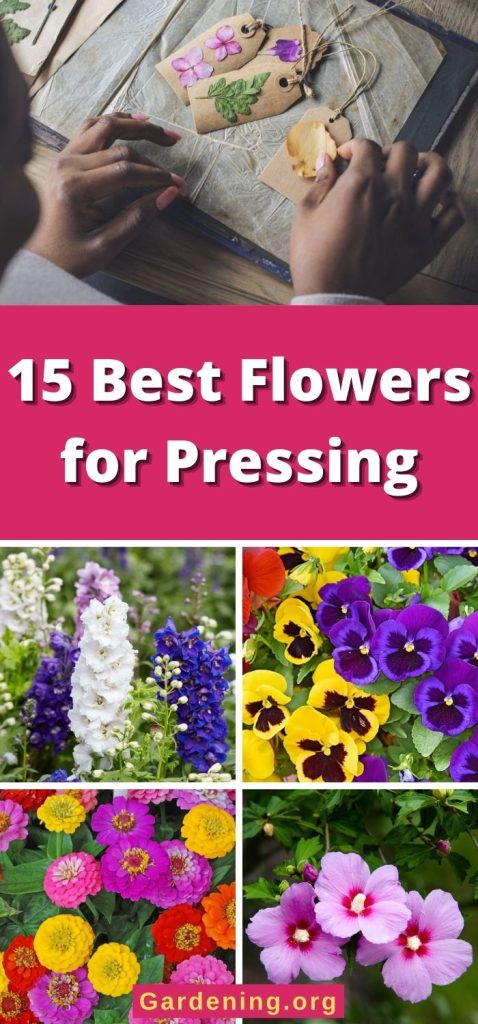
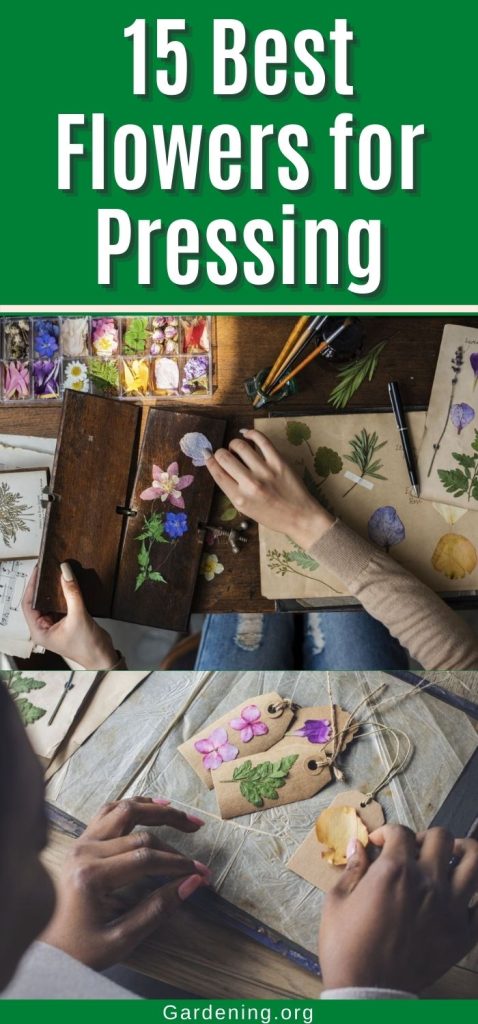
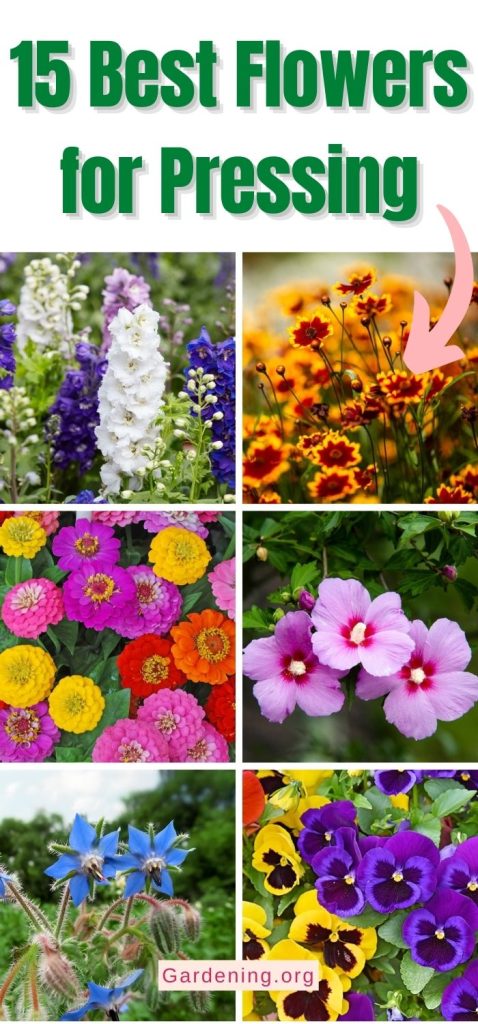
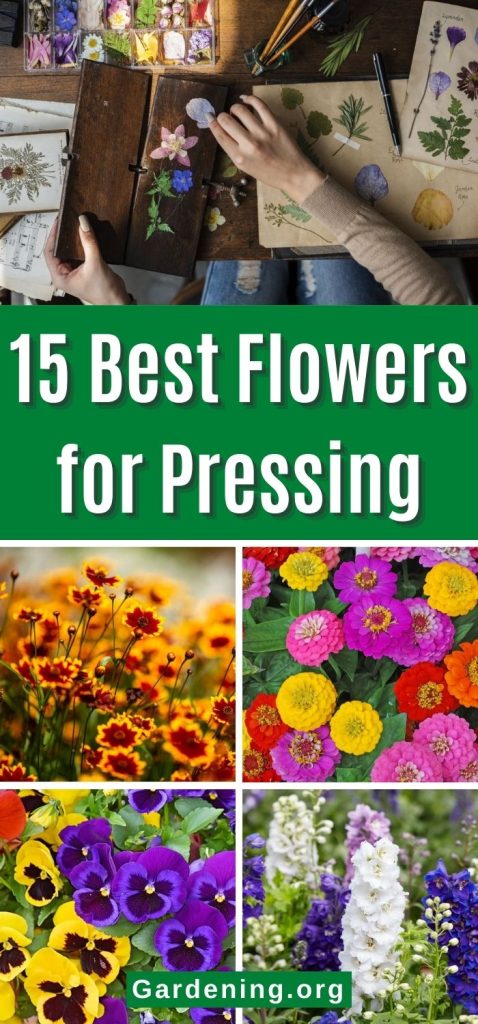
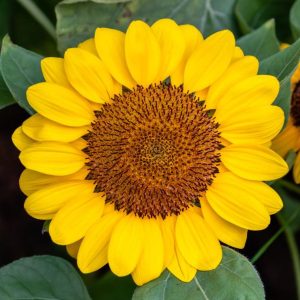
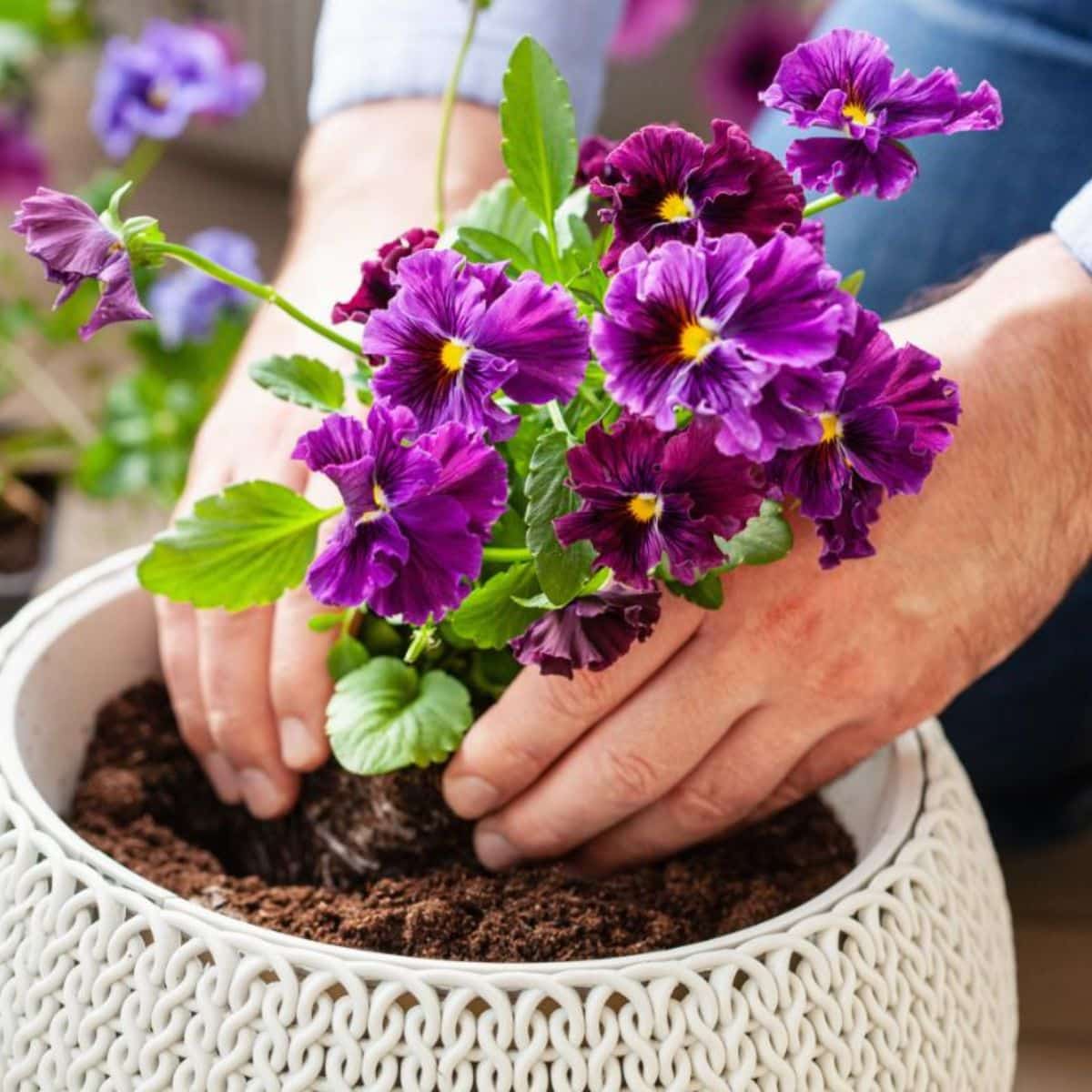
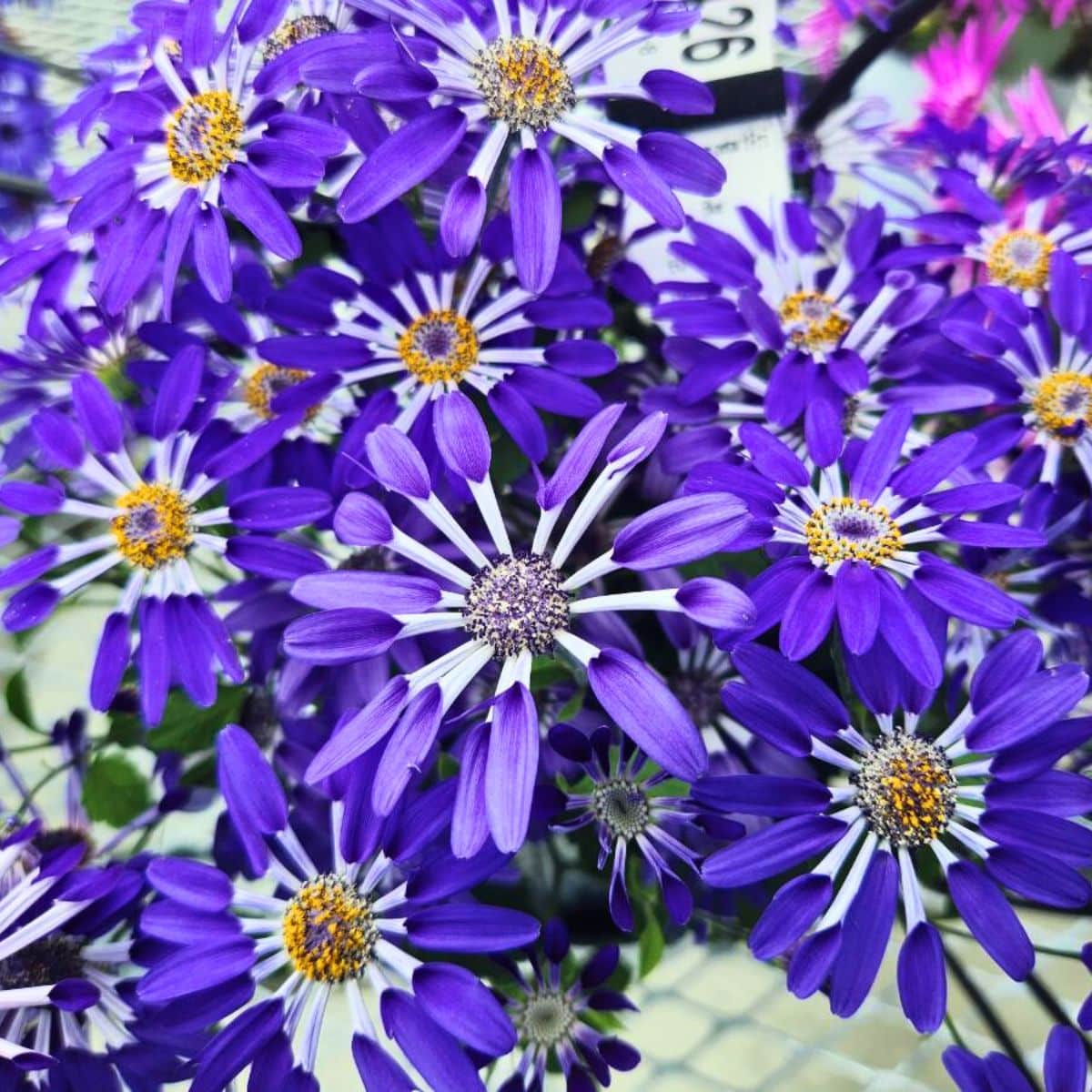
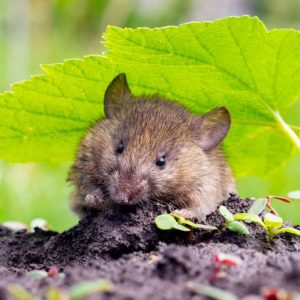
Leave a Reply